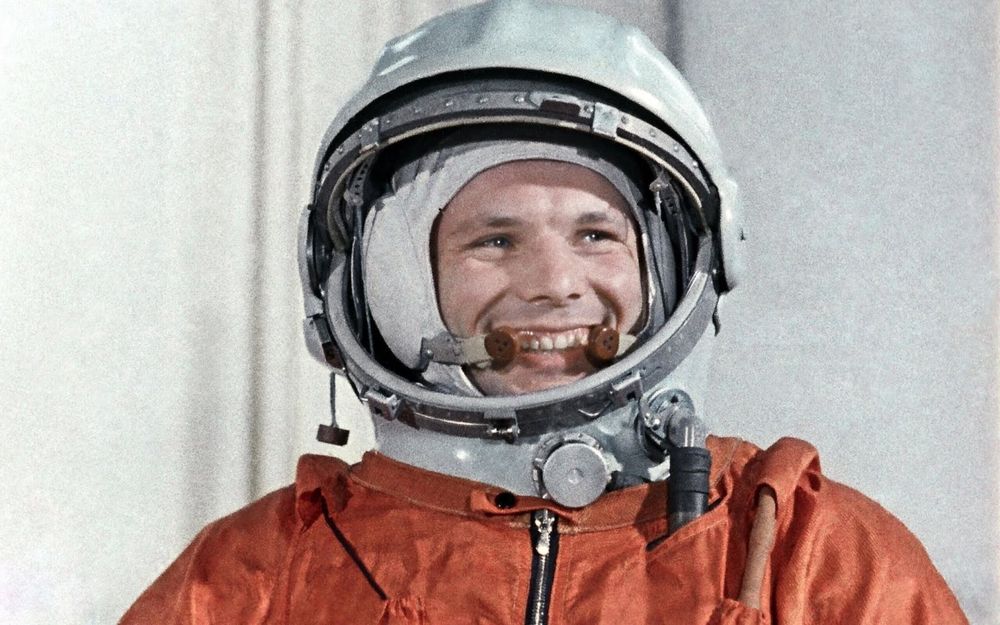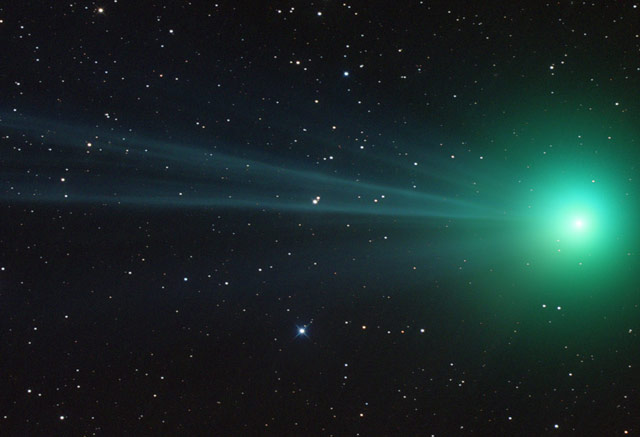Satellites & Probes

Astrofest 2014 
“The Universe comes to London,” read the banner on the courtyard wall of the Kensington Conference and Events Centre. Images of the Universe, people who study it, ideas about how it works, and equipment for seeing it occupied the center for the two days of European Astrofest 2014.
Astronomers on the Mountain Tops 
Big telescopes on high mountains, drawing astronomers to some exotic-sounding places. Is it as glamorous as it sounds? Not really, says one astronomer who describes some of the symptoms people suffer at high altitudes.
Astronomy ABC - H for Herschel Space Observatory 
The Herschel Space Observatory is the largest telescope ever sent into space. It was an infrared telescope named in honor of William Herschel who discovered infrared radiation, and his sister Caroline who worked with him. What's infrared? Who launched the telescope? What did we learn from it?
Beagle 2 – Lost and Found 
On Christmas day 2003 a British-European space probe called Beagle 2 was lost on Mars and never heard from. It was not only small, but possibly broken and scattered while attempting to land. Since Mars is quite big, it took eleven years to find the little lander.
Cassini-Huygens - the Prime Mission 
Saturn: magnificent rings, a planet-sized moon, and dozens of smaller moons. Three spacecraft had flown by before Cassini-Huygens was launched in 1997. But this mission wouldn't just fly by and snap some photos. It was going to get up close and personal.
Christmas in the Skies 
Christmas is a special day with a magic of its own. A Christmas eclipse is a great treat and centuries ago a long-awaited comet finally showed up on Christmas day. On the other hand, imagine spending the holidays a quarter of a million miles from home as the crew of Apollo 8 did.
Doodling Spacecraft 
Let's look at some doodles celebrating space missions. If you ever search with Google, you may have seen the doodles before. They're drawings and animations celebrating people, events, holidays, inventions and whatnot, incorporating the Google logo in an amusing way.
Exploring the Apollo Landing Sites 
NASA sent the Lunar Reconnaissance Orbiter (LRO) to the Moon to spy out sites for future manned missions. It doesn't look like they'll be sending anybody to the Moon, but LRO has documented the Apollo landing sites. Astronomy writer and space expert Ian Ridpath takes us to the Moon for a look.
Good-bye Spirit 
Millions of people followed the treks of the Martian rovers Spirit and Opportunity as they explored the red planet. In 2009 Spirit became trapped and was last heard from in March 2010. After a year being unable to contact her, on May 24, 2011, with sadness, NASA formally ended her mission.
Hubble 3D - film review 
For over two decades a special telescope has given us breath-taking views of the cosmos. The Hubble Space Telescope has lasted this long through servicing by space shuttle astronauts, but the final mission is over. This IMAX film is a tribute to the iconic instrument - is there a theater near you?
Rosetta the Comet Chaser 
Rosetta, the European Space Agency (ESA) spacecraft, traveled for ten years and billions of miles with its lander in order to rendezvous with a comet, and accompany it as it moved through the inner Solar System past the Sun.
Rosetta’s Story - Facts for Kids 
It’s gone where no space mission has been before! Rosetta caught up with a comet in deep space and went into orbit around it. The lander Philae was the first ever to land on a comet. Read the story so far and watch out for new developments.
Sputnik - Round 1 in the Space Race 
October 4, 1957. A small object had people around the globe looking excitedly - or anxiously - up at the sky. Satellites are now such a fact of life, it's hard to imagine the effect of the first one. In sending up Sputnik, the USSR had thrown down the gauntlet for the Cold War space race.
Telstar - Herald of the Modern Age 
The Space Age has changed the way we communicate, and in 1962 Telstar was the herald of this change. It was an experimental satellite, but it helped to make the world more intimate. Telstar was disabled by nuclear testing, but it lives on in a pop song and modern telecom satellites.
Titan - Planet-sized Moon of Saturn 
Titan was a mystery for three and a half centuries. It´s a giant moon shrouded in impenetrable clouds, and has only recently begun to share its secrets. Why do scientists say it´s like Earth? Is it time to book a vacation to visit the lakes and mountains of Titan?
Titan Facts for Kids 
Saturn´s moon Titan is bigger than a planet. It´s the only moon with a thick atmosphere. In fact the atmosphere is so smoggy, we can´t see the surface. But the Cassini-Huygens mission has found out many of its secrets, including lakes and sand dunes and maybe volcanoes.
Top Astronomy Stories 2012 
What were the big astronomy stories of the year 2012? Here is my choice of the top ten plus a non-story. What do you think?
Top Ten Astronomy Stories 2013 
What were the big astronomy events of 2013? Here are my top ten choices and they include a big bang over Russia, a Moon goddess and Jade Rabbit, a telescope in the high Andean desert to look for the first galaxies and the launch one of the most ambitious space missions ever.
Top Ten Astronomy Stories 2014 
What happened in the skies in 2014? Here´s my top ten. Some hints: it takes in stories all the way from a tiny lander alone on a comet to a supercluster of galaxies 500 million light years across, perhaps another Earth, and an ocean on one of Saturn´s moons.
Voyager 1 - the First Starship 
Has Voyager 1 finally left the Solar System? No, that won´t happen for tens of thousands of years. But it has left the bubble that the solar wind makes in space. The spacecraft is in the space between the stars, moving through a plasma made from ancient supernova explosions.
Voyager 1 – Gas Giants and a Last Look Homeward 
When a rare planetary alignment opened up the outer Solar System, Voyager 1 was sent forth. It observed the gas giants Jupiter and Saturn and their moons. At nearly 4 billion miles from the Sun, the probe turned and took one last picture of home before continuing its journey to the stars.
Voyager 1 – the First Starship 
Has Voyager 1 finally left the Solar System? No, that won't happen for tens of thousands of years. But it has left the bubble that the solar wind makes in space. The spacecraft is in the space between the stars, moving through a plasma made from ancient supernova explosions.
Voyager 2 - The Grand Tour 
Most of our knowledge of Neptune and Uranus is based on Voyager 2's visits. Its grand tour of the four giant planets used a rare alignment of the planets that let the gravity of each one boost the spacecraft to the next one. No other probe has been to either of the ice giants.
Voyagers - Preparing for the Grand Tour 
In 2013 Voyager 1 became the first starship as it slipped into interstellar space, the space between the Sun and the stars. What was a NASA probe doing twelve billion miles from home? What was the origin of its 36-year mission?
Voyagers - the Golden Record 
The Voyagers are on a mission that will eventually take them to the stars. They are both carrying a message from Earth. What images, sounds and music were chosen to represent the people of Earth?
Water on the Moon 
Everybody had known for a long time that the Moon was bone dry. In the nineties probes found some evidence of water. After a big announcement of water on the Moon, it went back again to being described as dry. What´s the story in the 21st century?
What Herschel Found in a Dark Cloud 
What's hiding within an impenetrable dark cloud in the constellation of the Eagle? It's a stunning stellar nursery, and the Herschel Space Observatory was able to photograph it.
Top Ten Articles
Previous Features
Site Map
Content copyright © 2018 by . All rights reserved.
This content was written by . If you wish to use this content in any manner, you need written permission. Contact Mona Evans for details.







